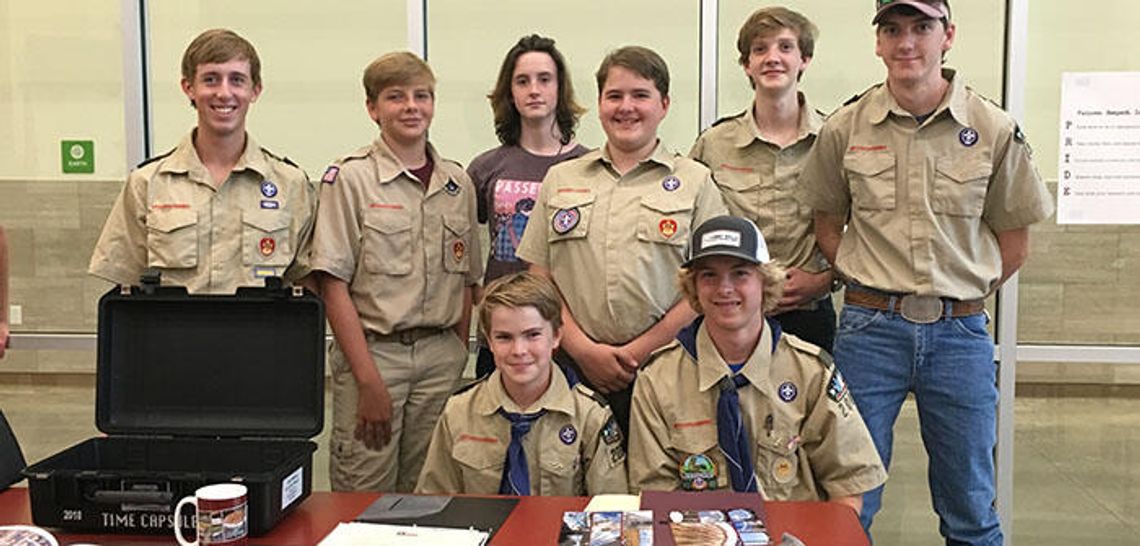“What’s unique about our time capsule is that it’s not in a hidden location somewhere on campus. It’s out in the open, kids will pass by it every day on their way to the cafeteria and have it on their minds.”
–Dan Diehl, Dripping Springs Middle School principal
PLEASE LOG IN FOR PREMIUM CONTENT. Our website requires visitors to log in to view the best local news.
Not yet a subscriber? Subscribe today!











